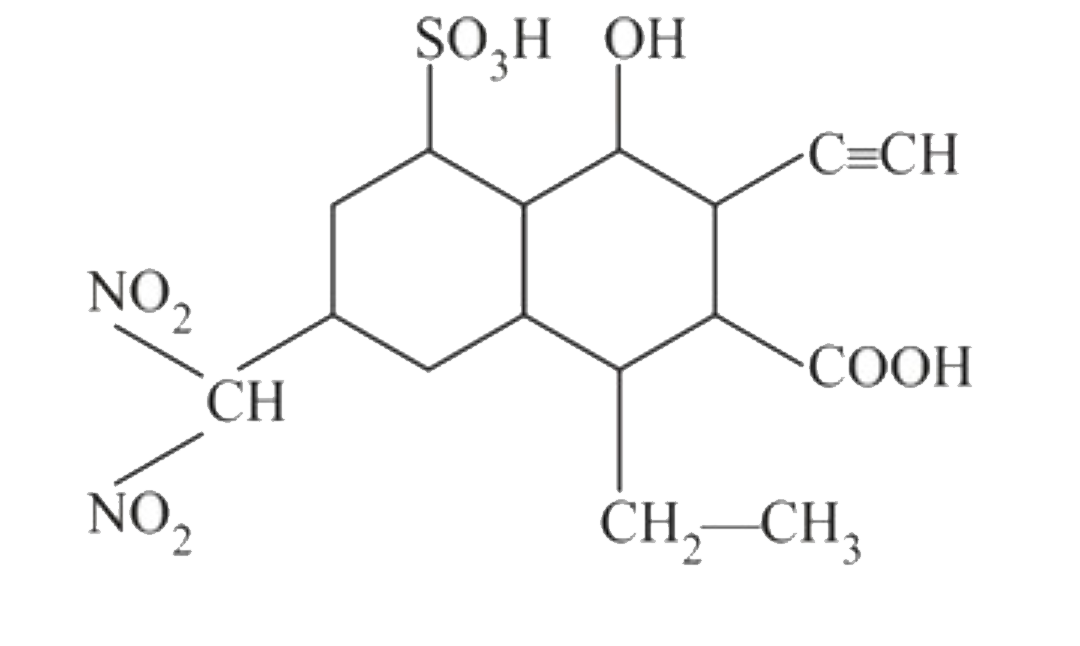How does the atomic hydrogen or oxy-hydrogen torch funtion for cutting and welding purposes? Explain.
Step-by-Step Text Solution
1. Understanding Atomic Hydrogen Formation:
- Atomic hydrogen is produced from the dissociation of molecular hydrogen (H₂) using an electric arc.
- The process can be represented by the equation:
H2Electric Arc−−−−−−−→2H
- In this reaction, one molecule of hydrogen gas is split into two hydrogen atoms.
2. Characteristics of Atomic Hydrogen:
- The hydrogen atoms produced are highly reactive and short-lived.
- They tend to recombine quickly to form molecular hydrogen (H₂), releasing energy in the process.
3. Energy Release:
- The recombination of atomic hydrogen back into molecular hydrogen releases a significant amount of energy, quantified as 436 kJ/mol.
- This energy release is crucial because it generates a high temperature.
4. Temperature Generation:
- The energy released during the recombination of atomic hydrogen can produce temperatures up to 4,000 Kelvin.
- Such high temperatures are essential for welding and cutting metals, as they can melt or vaporize the material being worked on.
5. Applications in Cutting and Welding:
- The oxy-hydrogen torch utilizes this principle by combining oxygen and atomic hydrogen to create a flame that can reach the necessary temperatures for cutting and welding.
- The intense heat generated allows for precise and effective cutting or welding of various materials.
- Atomic hydrogen is produced from the dissociation of molecular hydrogen (H₂) using an electric arc.
- The process can be represented by the equation:
H2Electric Arc−−−−−−−→2H
- In this reaction, one molecule of hydrogen gas is split into two hydrogen atoms.
- The hydrogen atoms produced are highly reactive and short-lived.
- They tend to recombine quickly to form molecular hydrogen (H₂), releasing energy in the process.
- The recombination of atomic hydrogen back into molecular hydrogen releases a significant amount of energy, quantified as 436 kJ/mol.
- This energy release is crucial because it generates a high temperature.
- The energy released during the recombination of atomic hydrogen can produce temperatures up to 4,000 Kelvin.
- Such high temperatures are essential for welding and cutting metals, as they can melt or vaporize the material being worked on.
- The oxy-hydrogen torch utilizes this principle by combining oxygen and atomic hydrogen to create a flame that can reach the necessary temperatures for cutting and welding.
- The intense heat generated allows for precise and effective cutting or welding of various materials.
Topper's Solved these Questions
- HYDROGENBOOK - NCERT ENGLISHCHAPTER - HYDROGENEXERCISE - EXERCISE
36 Videos
- HYDROCARBONSBOOK - NCERT ENGLISHCHAPTER - HYDROCARBONSEXERCISE - EXERCISE
25 Videos
- ORGANIC CHEMISTRY- SOME BASIC PRINCIPLES AND TECHNIQUESBOOK - NCERT ENGLISHCHAPTER - ORGANIC CHEMISTRY- SOME BASIC PRINCIPLES AND TECHNIQUESEXERCISE - EXERCISE
40 Videos
Similar Questions
Knowledge Check
When CaO is heated in an oxy-hydrogen flame,
Ait decomposes to give oxygenBit melts to give fused CaOCit becomes incandescentDno observable change takes place.The most acidic hydrogen atoms are present in
AEthaneBetheneCethyneDbenzene
How does formaldehyde react with :
Hydrogen
View SolutionHow does acetaldehyde react with:
Hydrogen
View SolutionPurpose of hydrogen -oxygen fuel cell is to
View SolutionSelect from the list the gas that matches the description given in each case : (ammonia, ethane, hydrogen chloride, hydrogen sulphide, ethyne]
(i) This gas is used for welding purposes.
(ii) This gas is also a saturated hydrocarbon.
View SolutionHow many acidic hydrogen atoms are present in this compound

View SolutionThe life span of atomic hydrogen is:
View Solution
